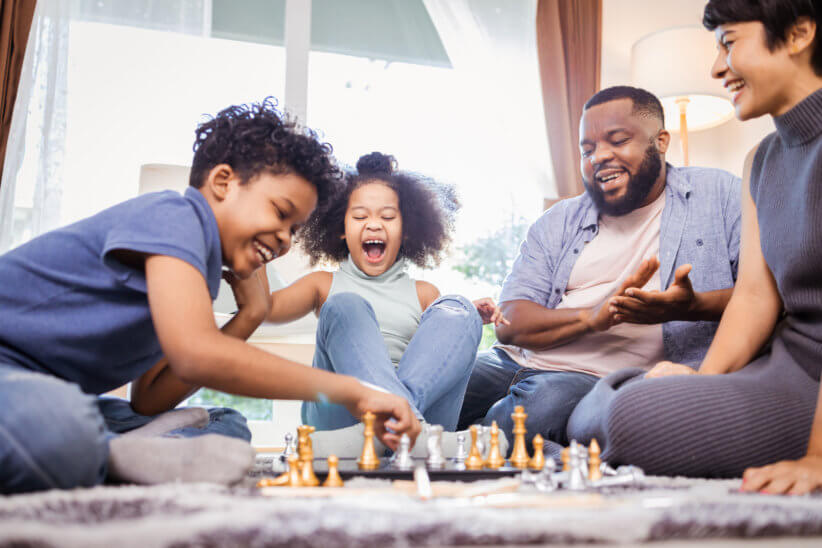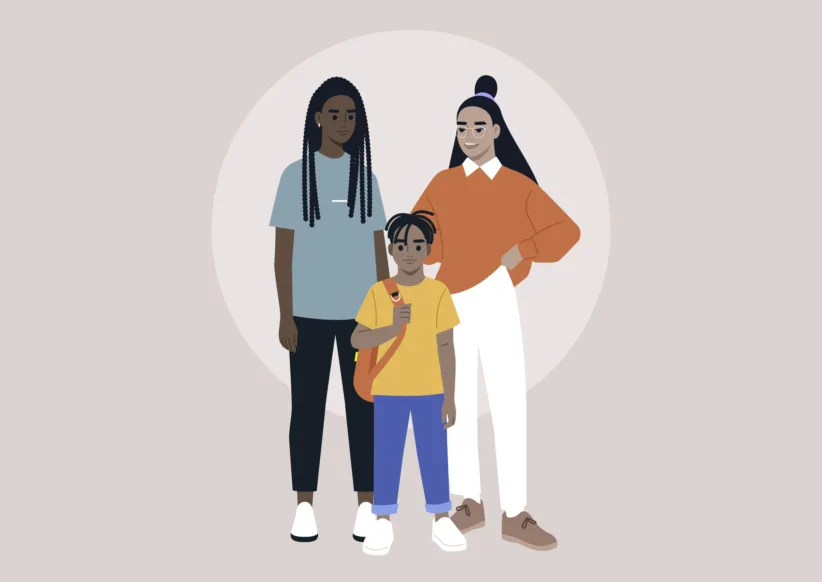Whatever your opinion on the second amendment, any parent would agree that guns and kids just don’t mix. Mix, however, they sometimes do, and with tragic consequences. A recent study by the Global Strategy Group reveals that 26 percent of kids, aged 13 to 18 years old, say that guns are in their homes. Even more alarming, virtually half of those kids say that they have ready access to that gun. Other studies reveal that 40 percent of American homes with kids also have guns.
If we choose to keep guns in our homes, there are appropriate measures which can be taken to protect our kids. Responsible gun owners do just that. But what about your neighbor, your relatives, and your child’s new best friend? Are we to assume they are as responsible?
While every parent’s first instinct may be to talk to her child about gun safety, that’s now seen as important, yet, only the first step. The Center to Prevent Youth Violence believes that at a minimum, every parent should teach her children these simple rules if they see a gun:
• Stop!
• Don’t touch
• Leave the area
• Tell an adult right away
A second step involves directly asking if guns are present in any home your child visits. That’s where the “Asking Saves Kids” program comes in. Developed by the Center to Prevent Youth Violence, it encourages parents to step outside of their comfort zones and inquire about gun ownership wherever their children spend time.
How to ask
Since it can be an awkward subject, the ASK campaign offers tips to make it a bit easier. It suggests that you include the question along with other ones you might ask (“Do you have a pool and is it fenced?”), or whenever you share key information (“My son is allergic to dogs, do you have any?”). If you present your concerns in a responsible manner, your question should be respected.
What if they say ‘yes?’
Of course, if the answer is “no,” you simply have one less thing to worry about. If the answer is “yes,” the conversation naturally turns to finding out more about where the gun is stored, and how it is secured. Guns should be stored unloaded and locked (preferably in a gun safe), with the ammunition stored, and locked up, separately.
Making sure any gun is secure is an important next step. A reply indicating that it’s hidden or out of reach should appropriately make your skin crawl. Consider that according to Global Strategy Group’s study, 19 percent of the 13- to 18-year-olds have seen or held a gun without their parents’ knowledge. Follow your instincts as you weigh any reply. A parent’s gut seldom leads her astray. Of course, if you have any doubts about your child’s safety, you can always invite the children to play at your house instead.
The most recent statistics from the National Center for Injury Prevention and Control reveal that in 2009, more than 3,500 children were treated in emergency rooms for unintentional gunshot wounds. In more than half of the cases of accidental shooting deaths of children under 15, the shooting occurred at someone else’s home.
So let’s take the next step and ASK one more question whenever we send our kids out into the world, or just across the street.
Linda Kastiel Kozlowski is a freelance writer, residing in Glen Ellyn, Ill. with her husband, two sons, lots of animals, and no guns.
Sources
Center to Prevent Youth Violence, www.cpyv.org. For more, on the National ASK Day, e-mail [email protected].
National Center for Injury Prevention and Control (division of the CDC), Jennifer Wolfe, [email protected], webappa.cdc.gov/sasweb/ncipc/leadcaus10.html.
Brady Campaign to Prevent Gun Violence, www.bradycampaign.org.
Global Strategy Group, www.globalstrategygroup.com. Study was conducted in October 2011 among more than 800 children, aged 13 to 18.
Hemenway and Miller, “Unintentional firearm deaths: A comparison of other-inflicted and self-inflicted shootings,” Accident Analysis and Prevention, July 2010.
Project ChildSafe, www.projectchildsafe.com.





















